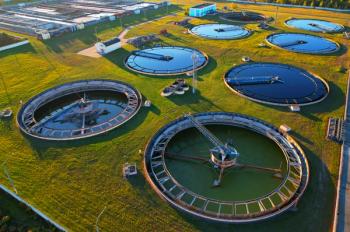
- The Column-05-09-2011
- Volume 7
- Issue 8
Testing chromium in drinking water
Dionex has updated its methods to allow for more sensitive testing of toxic hexavalent chromium in drinking water.
Dionex has updated its methods to allow for more sensitive testing of toxic hexavalent chromium in drinking water. Concern about the dangers of hexavalent chromium in drinking water has been rising as the National Toxicology Program of the US Department of Health and Human Services has said that chromium-6 in drinking water shows evidence of carcinogenic activity. In addition, after the US EPA released a toxicological review of hexavalent chromium, the California Office of Environmental Health Hazard Assessment agency issued a new public health guideline setting the limit for chromate at 0.02 ppb in drinking water.
In response, Dionex has announced the release of Application Update 179: Sensitive Determination of Hexavalent Chromium in Drinking Water. According to the company this application update demonstrates a very sensitive ion chromatography method for determining hexavalent chromium at the proposed California level of 0.02 μg/L. Using the company’s 2 mm IonPac AG7 guard and AS7 analytical columns, the method appropriately reduces the flow-rates and reaction coil volume.
For more information visit
Articles in this issue
over 14 years ago
African drug testing trainingover 14 years ago
Looking for biomarkersover 14 years ago
A mammoth taskover 14 years ago
Digital Productsover 14 years ago
The Importance of Ultrapure Water for Nano LC-MS Applicationsover 14 years ago
Market Profile: Volatile ExtractionNewsletter
Join the global community of analytical scientists who trust LCGC for insights on the latest techniques, trends, and expert solutions in chromatography.





